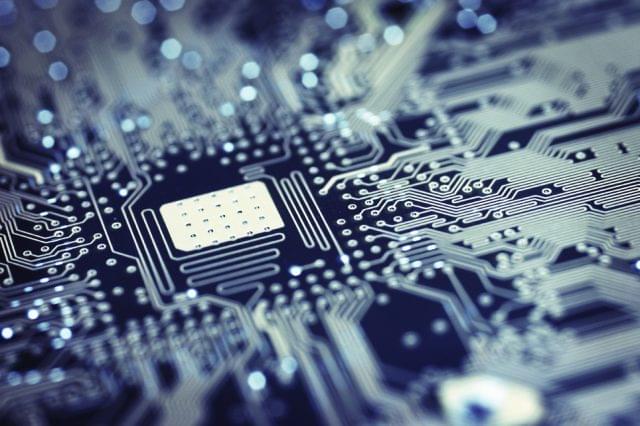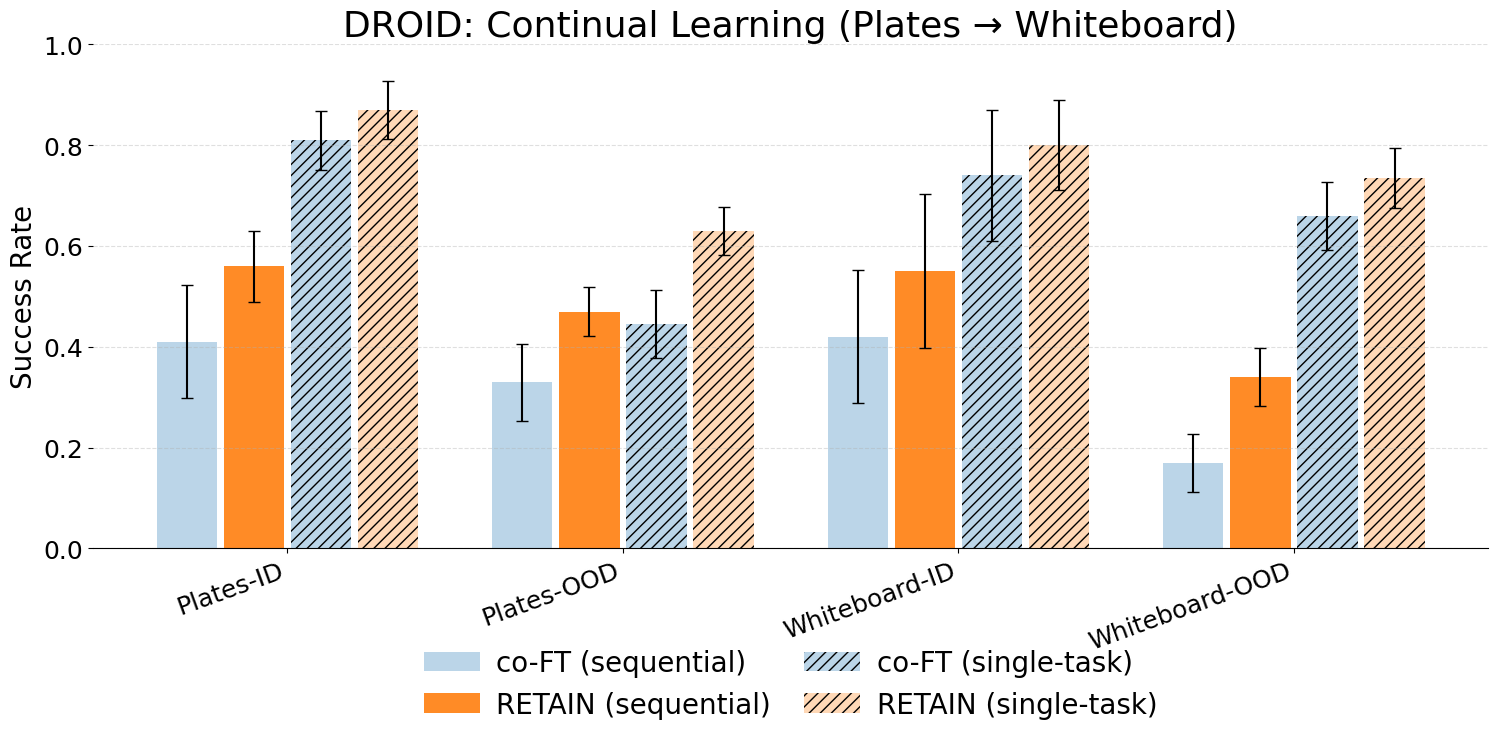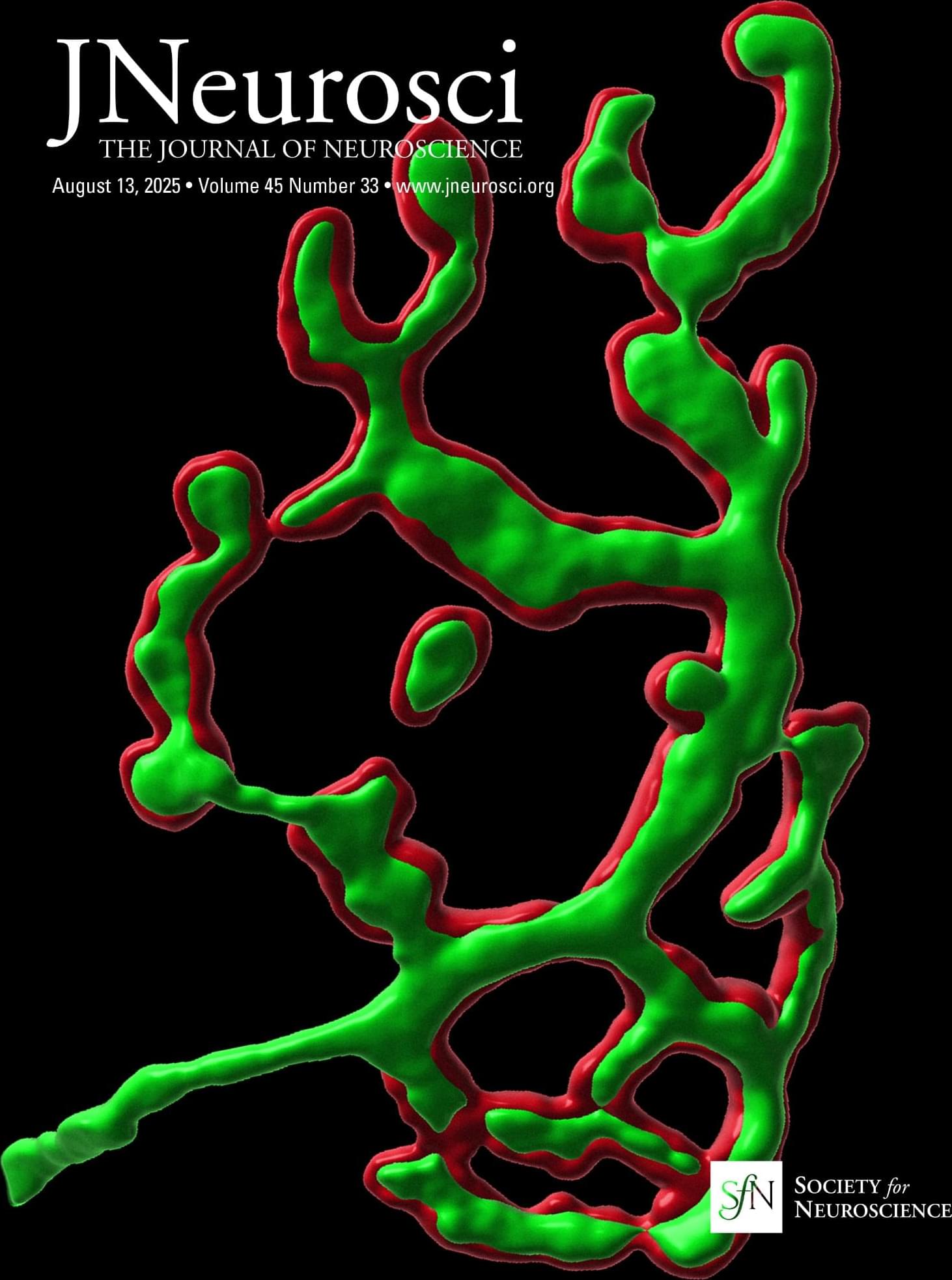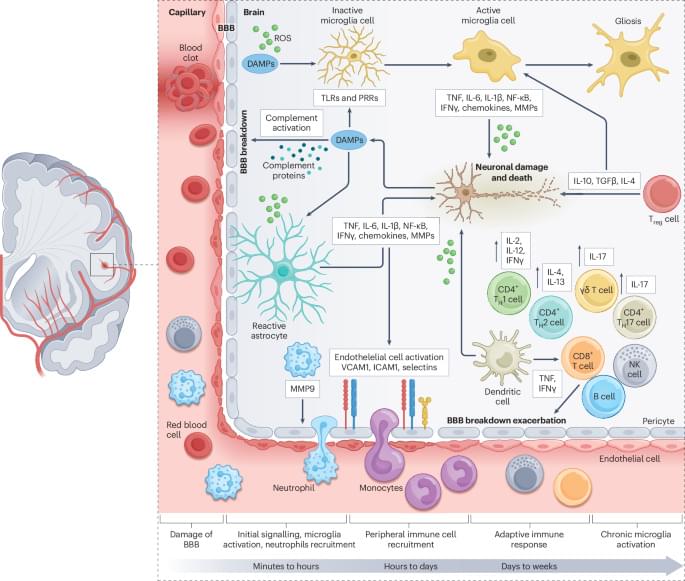🧠💡 Thinking about organ transplants?
🔬 A team of scientists at the University of Wisconsin–Madison has achieved a groundbreaking milestone!
🌐 They’ve developed the world’s first 3D-printed brain tissue that mirrors human brain function.
🚀 This is a giant leap forward for research into neurological and neurodevelopmental disorders.
🖨️ Utilizing a horizontal layering technique and a softer bio-ink, this 3D-printing method allows neurons to weave together, forming networks similar to those in the human brain.
🔍 This precision in controlling cell types and arrangements opens new doors for studying neurological conditions, including Alzheimer’s and Parkinson’s disease.





